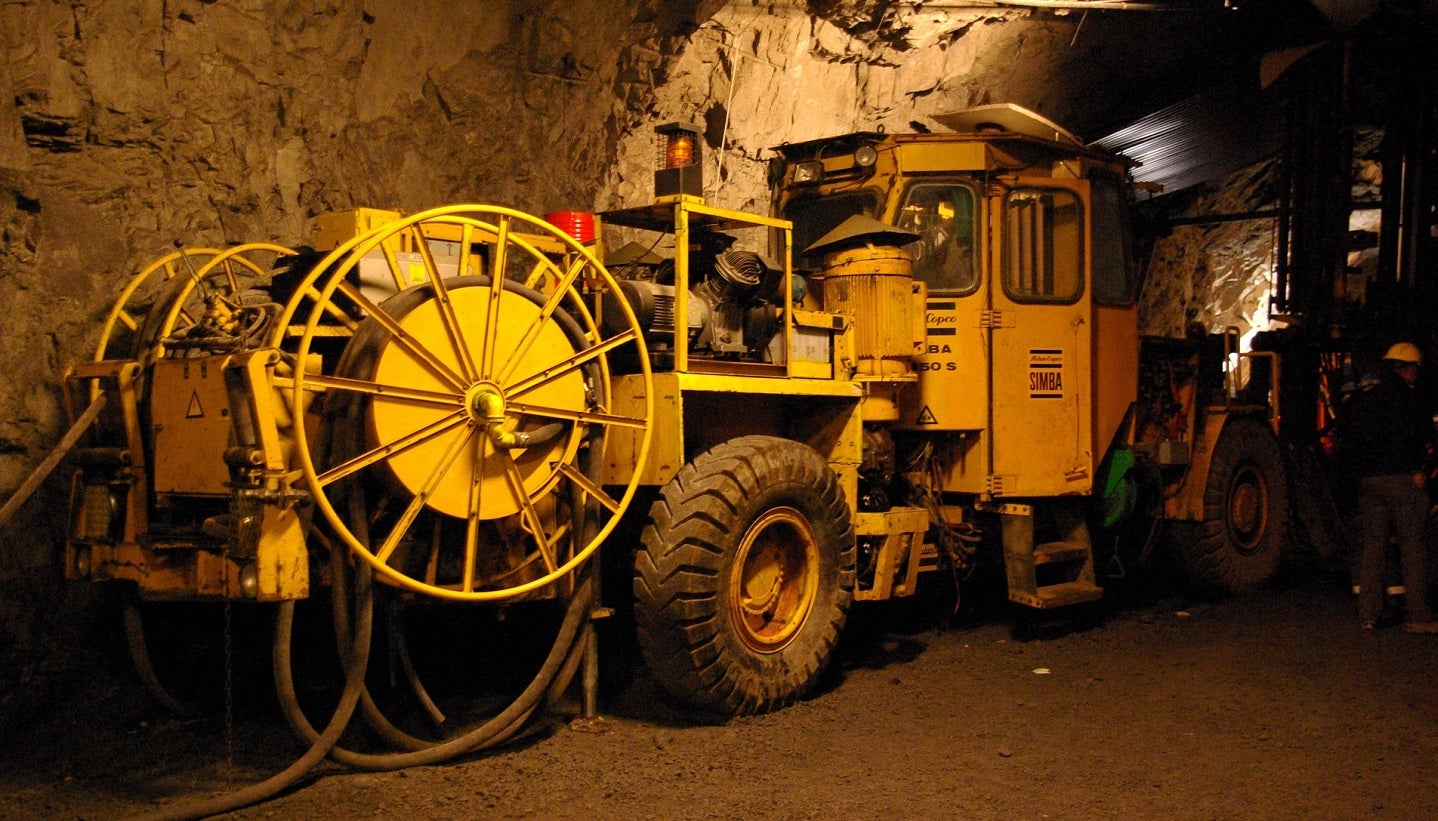
Renewable energy opponents scored a victory last month, when the Biden administration received exactly zero bids on two massive offshore wind leases in the Gulf of Mexico. That stung, but a pair of even more massive wind power projects in Arizona and New Mexico just celebrated the official start of construction, and that should take some of the sting out.
Another Big Step For A Big Wind Power Project
The wind projects in question come under the umbrella of the firm Pattern Energy. The company has been laying plans for a 3,000 megawatt wind farm in New Mexico and a new transmission line, both named SunZia. The transmission line will bring the clean kilowatts from New Mexico site to Arizona, and onward to California. With construction on the twin projects beginning this year, both parts of the SunZia project are slated to come online in 2026.
It’s been a long row to hoe. Described as the largest wind power project in the entire western hemisphere, the combined SunZia wind farm and transmission line project entered the environmental review process all the way back in 2009. It crossed the CleanTechnica radar five years later, when we took note of a conflict between the planned route of the transmission line and an area related to the White Sands missile range in New Mexico.
Though new transmission projects are notoriously difficult to get off the drawing board, by 2015 the missile range problem was resolved and the project was on track.
Wind Power & Jobs, Jobs, Jobs
It’s been a long eight-year wait for wind power fans, but last year marked a sharp uptick in the SunZia timeline when the US Bureau of Land Management indicated that the transmission line was nearing final approval. Earlier this year, the Department of the Interior issued a Record of Decision bringing the review process to a close, finally.
That set the stage for Pattern to stage a groundbreaking last Friday.
“Together, SunZia Wind and SunZia Transmission are the largest clean energy infrastructure project in U.S. history,” Pattern noted.
Pattern anticipates that the transmission project alone will generate 2,000 construction jobs. Together with the SunZia wind farm, the company also expects to pump $1.3 billion in revenues to local communities as well as federal and state agencies while generating $20.5 billion in economic benefits overall.
And More Jobs
Aside from construction work, the transmission line could also have a ripple effect on conservation employment, related to Pattern’s partnerships with environmental organizations and local stakeholders.
“SunZia is the successful result of a truly collaborative approach that accomplished something many thought was impossible,” explained Hunter Armistead, CEO of Pattern Energy, in a press statement. “We’re proud that SunZia is implementing industry-leading measures for environmental mitigation, including emerging technology and long-term conservation research.”
CleanTechnica is reaching out to Pattern for more details about that emerging technology. We’re thinking it could have something to do with reducing the risk of run-ins between birds and power lines. That could also include surveillance to reduce opportunities for illegal bird hunting on power line rights-of-way.
Either way, the Audubon Society appears to be satisfied with the effort. Jon Hayes, the VP and Executive Director of Audubon Southwest, stated that “Audubon’s collaboration with Pattern Energy exemplifies how clean energy developers and conservation organizations can work together to ensure that transmission projects use the latest data and science to minimize impacts on birds and communities.”
Though power lines have long been considered a leading cause of bird deaths, they have plenty of company. Alongside population declines due to habitat loss, cats have been name-checked for killing more than a billion birds annually in the US. Collisions with glass are another leading cause of human-related bird deaths.
Meanwhile, Over In Texas
If all goes according to plan, the economic impact of SunZia could rival the outstanding performance of the pace-setting CREZ wind power initiative in Texas, which features a sprawling transmission network that hooks up wind-rich parts of West Texas with population centers in the eastern part of the state.
CREZ (short for Competitive Renewable Energy Zones) was established by the Texas state legislature back in 2005, when Republican office holders were more interested in economic development and grid resiliency than scoring points with religious extremists.
With CREZ in hand, Texas went on to lead the US in installed wind power capacity. The state is also among the national leaders in solar power and energy storage.
More recently, Republican office holders in Texas have been busy making political hay by ginning up their base against renewable energy. That may have been a factor in the weak response to the latest off shore wind lease offering from the US Department of the Interior. The agency’s Bureau of Ocean Energy Management had staked out two areas for offshore wind development off the Texas coast, neither of which attracted any bids.
Other factors may have also played a role. Wind resources in the Gulf are not as optimal as those on the East and West coasts, and economic considerations — including competition from onshore renewable energy resources in Texas — may have dampened investor enthusiasm for the offshore leases.

More Wind Power For Louisiana
Still, another state on the Gulf of Mexico managed to squeeze out a bidder for a third lease area in the same tranche. That would be Louisiana, where the Democratic governor Jon Bel Edwards has made a point of supporting his state’s offshore wind industry.
The firm RWE put up $5.6 million to nail down the winning bid on the federal offshore lease, and that’s not the end of the wind power story for Louisiana. In July, Reuters took note of additional offshore wind development planned for state-owned waters.
“Diamond Offshore Wind, a subsidiary of Mitsubishi Corporation, is in power agreement talks for a project off the coast of Jefferson and Lafourche parishes while Kontiki Winds, owned by Norwegian developer Havram, is negotiating a project offshore Cameron and Vermillion parishes,” Reuters noted.
Reuters points out that the coastal areas planned for wind development are already populated by oil and gas infrastructure, which should help tamp down on aesthetics-based opposition.
The knowledge base, workforce, and equipment of the state’s oil and gas industry can also be applied to offshore wind. Industrial stakeholders in the state are already eyeballing a hookup between wind power and a more sustainable supply chain for green ammonia, so stay tuned for more on that.
Follow me tinamcasey on Bluesky, Threads, Post, LinkedIn, and Spoutible.
Photo: Ground is finally broken on the massive SunZia wind power project, comprised of a new wind farm and transmission line (courtesy of Pattern Energy).
I don’t like paywalls. You don’t like paywalls. Who likes paywalls? Here at CleanTechnica, we implemented a limited paywall for a while, but it always felt wrong — and it was always tough to decide what we should put behind there. In theory, your most exclusive and best content goes behind a paywall. But then fewer people read it! We just don’t like paywalls, and so we’ve decided to ditch ours. Unfortunately, the media business is still a tough, cut-throat business with tiny margins. It’s a never-ending Olympic challenge to stay above water or even perhaps — gasp — grow. So …




